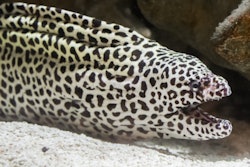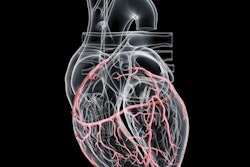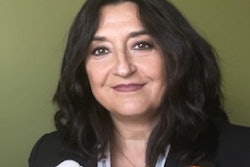Dear AuntMinnieEurope Member,
Can CT coronary angiography help to distinguish between type 1 and type 2 myocardial infarction by quantitative plaque characterization?
A Scottish-led research group has attempted to answer this question, and given the extensive experience acquired during the Scottish CT of the Heart (SCOT-HEART) trial, the results deserve a close look. Find out more in the CT Community.
The use of real-time dynamic MRI for evaluating joints relies on suitable patient installation and optimal positioning of the joint in the coil to allow movement, but experts say there is a lack of guidance on protocol choice, sequence standardizations, and diagnostic criteria. Two radiologists from Brisbane, Australia, have shared their experiences of dynamic imaging at 3 tesla.
The football World Cup begins on 20 November. Ahead of the tournament, Brazilian researchers have elaborated on the range of hand and wrist injuries incurred by goalkeepers and how they use imaging to improve patient management. Lead author Dr. Tatiane Cantarelli from São Paulo has selected two clinical cases for you in our MRI Community.
A new study has found that an artificial intelligence model was highly accurate in identifying lesion subtypes such as invasive lesions and ductal carcinoma in situ in breast images taken of Israeli and U.S. women. This ultimate aim is to reduce biopsy sampling errors and decrease costs associated with false-positive findings. Go to the Women's Imaging Community.
Finally, we've got a treat for all French speakers. At the top of the French-language section of our site, you can check out video interviews with three leading figures in French radiology: Martine Rémy-Jardin (photon-counting CT), Denis Le Bihan (diffusion MRI), and Afshin Gangi (structure of radiology and burnout). Please do tell your French-speaking colleagues about these interviews.



















